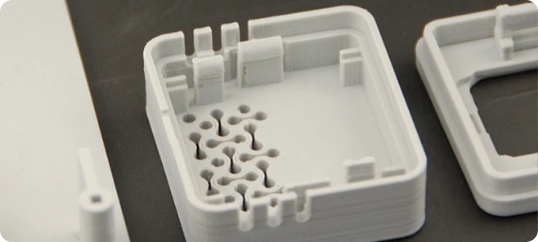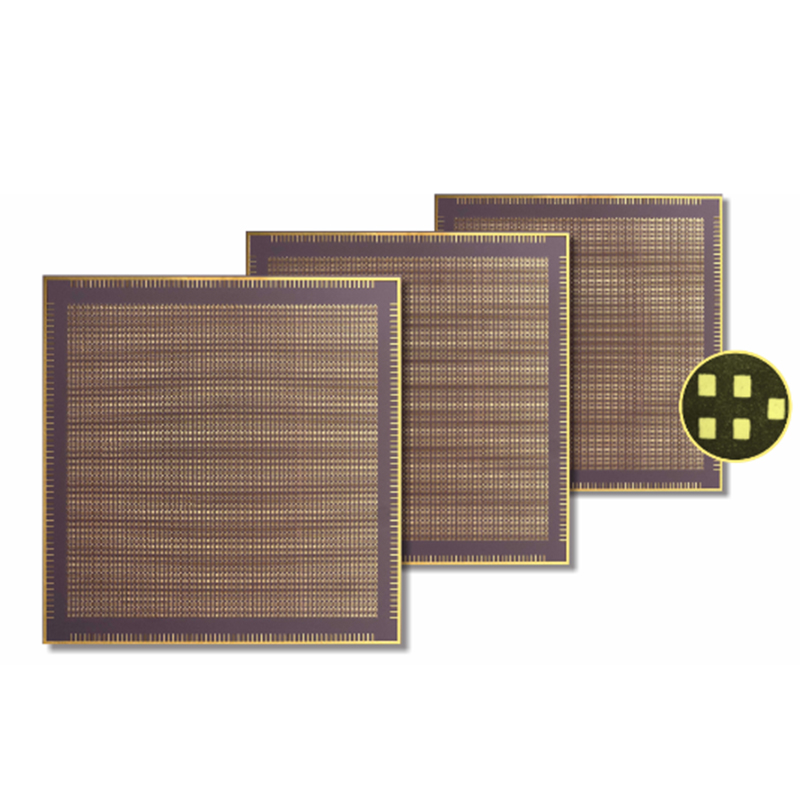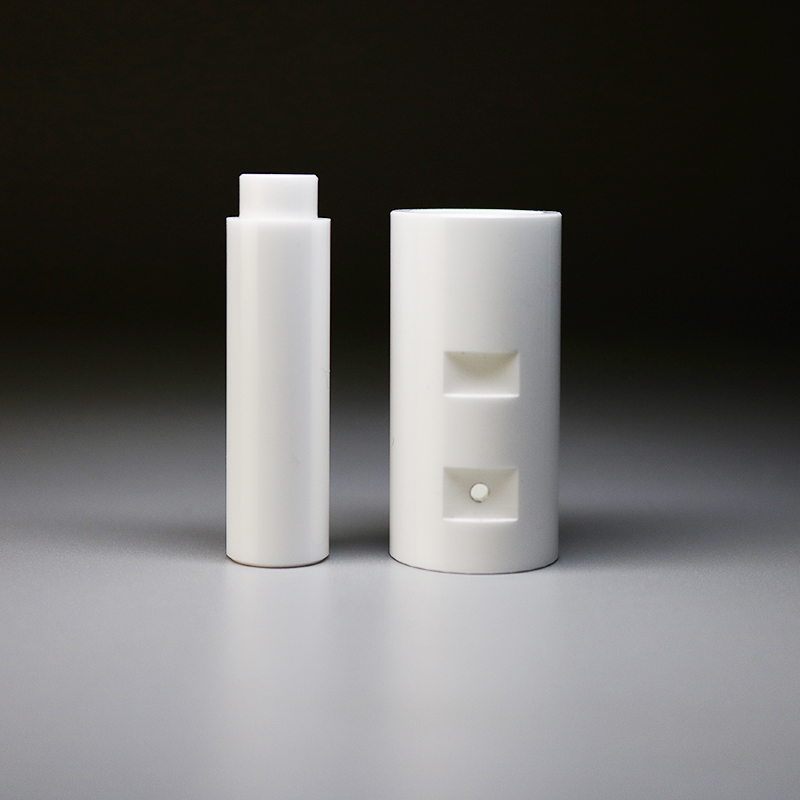As the world hurtles towards an era of unprecedented technological and cultural transformation, ceramics are not just keeping pace—they are actively shaping the future. Building on recent strides in AI integration, metaverse exploration, and public art, the material is now making significant inroads into sectors previously considered outside its domain, from green energy solutions to revolutionary medical applications.
Quick Navigation:
Ceramics as Cultural Bridges in a Globalized World
The Future of Ceramics: Beyond Imagination
Ceramics in the Green Energy Revolution
In the quest for sustainable energy sources, ceramics are emerging as key players in both energy generation and storage. Solar energy technology, in particular, is witnessing a surge in ceramic – based innovations. Perovskite, a ceramic material, has shown remarkable potential in solar cell development. Its ability to absorb a wide spectrum of light and convert it into electricity with high efficiency has caught the attention of researchers globally. Unlike traditional silicon – based solar cells, perovskite – based cells can be manufactured using solution – processing techniques, making them cheaper and more flexible to produce.
“Ceramics like perovskite are redefining the boundaries of what’s possible in solar energy,” says Dr. Li Wei, a materials scientist. “We’re not only looking at higher efficiency but also at making solar technology more accessible and adaptable to different environments, from urban rooftops to remote off – grid communities.”
In the realm of energy storage, ceramic – electrolyte batteries are emerging as a game – changer. These batteries use ceramic materials as electrolytes, offering enhanced safety, higher energy density, and longer lifespan compared to conventional lithium – ion batteries with liquid electrolytes. The solid – state nature of ceramic electrolytes eliminates the risk of leakage and thermal runaway, making them ideal for applications in electric vehicles and large – scale energy storage systems.
Ceramics Transforming Biomedical Engineering
The biocompatibility and durability of ceramics are opening up new frontiers in biomedical engineering. Beyond dental implants and bone replacements, ceramics are now being explored for more complex medical applications. Nanoceramics, with their unique properties at the nanoscale, are being used to develop targeted drug – delivery systems. These tiny ceramic particles can be engineered to encapsulate drugs and release them precisely at the site of disease, minimizing side effects and improving treatment efficacy.
In tissue engineering, ceramic scaffolds are providing a framework for growing new tissues and organs. These scaffolds, made from biodegradable ceramics, mimic the structure and mechanical properties of natural tissues, allowing cells to attach, grow, and differentiate. Researchers are optimistic that in the future, ceramic – based scaffolds could be used to create functional replacement organs, addressing the critical shortage of donor organs worldwide.
Ceramics as Cultural Bridges in a Globalized World
In an increasingly interconnected world, ceramics are serving as powerful cultural bridges. International ceramic festivals and biennales are no longer just platforms for artistic display; they have become melting pots of cultural exchange. The International Ceramic Art Festival in Jingdezhen, China, known as the “Porcelain Capital,” attracts artists, curators, and enthusiasts from over 50 countries. Here, traditional Chinese porcelain techniques mingle with contemporary Western art forms, resulting in hybrid artworks that reflect the richness of global cultural diversity.
Online platforms are also playing a crucial role in spreading ceramic culture. Social media channels dedicated to ceramics showcase the work of emerging artists from underrepresented regions, giving them a global audience. For instance, a young ceramicist from a small village in Africa recently gained international acclaim after her unique pottery, inspired by local tribal patterns, went viral on Instagram. This new – found visibility not only boosts the artist’s career but also helps preserve and promote indigenous ceramic traditions.
The Future of Ceramics: Beyond Imagination
Looking ahead, the future of ceramics holds even more promise. With ongoing research in areas such as quantum – enhanced ceramics and smart self – assembling ceramic structures, the material’s potential seems limitless. Scientists are exploring how ceramics can interact with quantum phenomena, which could lead to breakthroughs in quantum computing and communication technologies.
Moreover, the concept of “smart cities” is driving the development of ceramic – based sensors that can monitor air quality, traffic flow, and structural integrity of buildings in real – time. These sensors, integrated into the urban infrastructure, will make cities more sustainable, efficient, and livable.
As ceramics continue to break barriers and venture into new territories, they stand as a testament to human ingenuity. From powering the green energy revolution to saving lives in the medical field and fostering cultural understanding across the globe, this ancient material continues to evolve, proving that its story is far from over. With each new discovery and innovation, ceramics reaffirm their status as a material that not only adapts to the changing needs of society but also paves the way for a brighter future.





